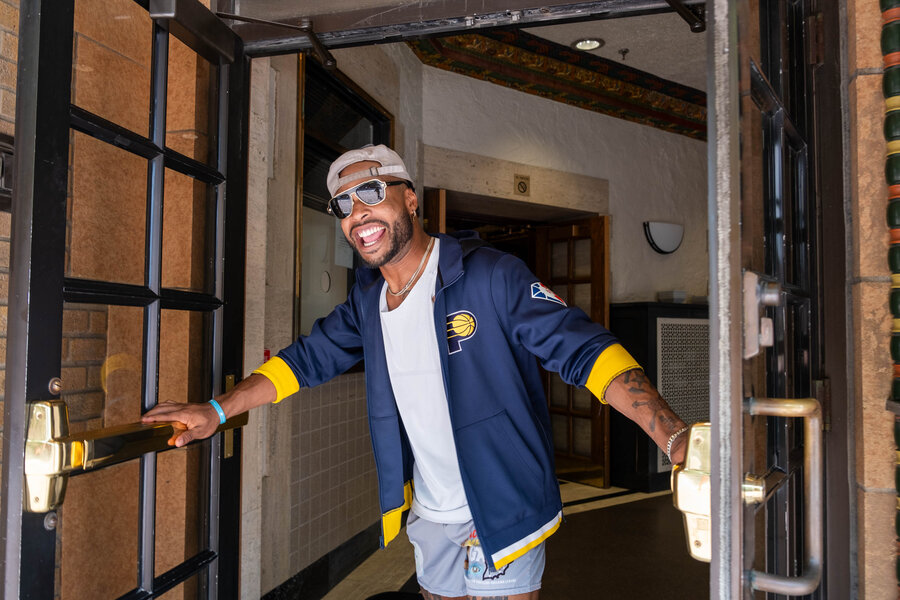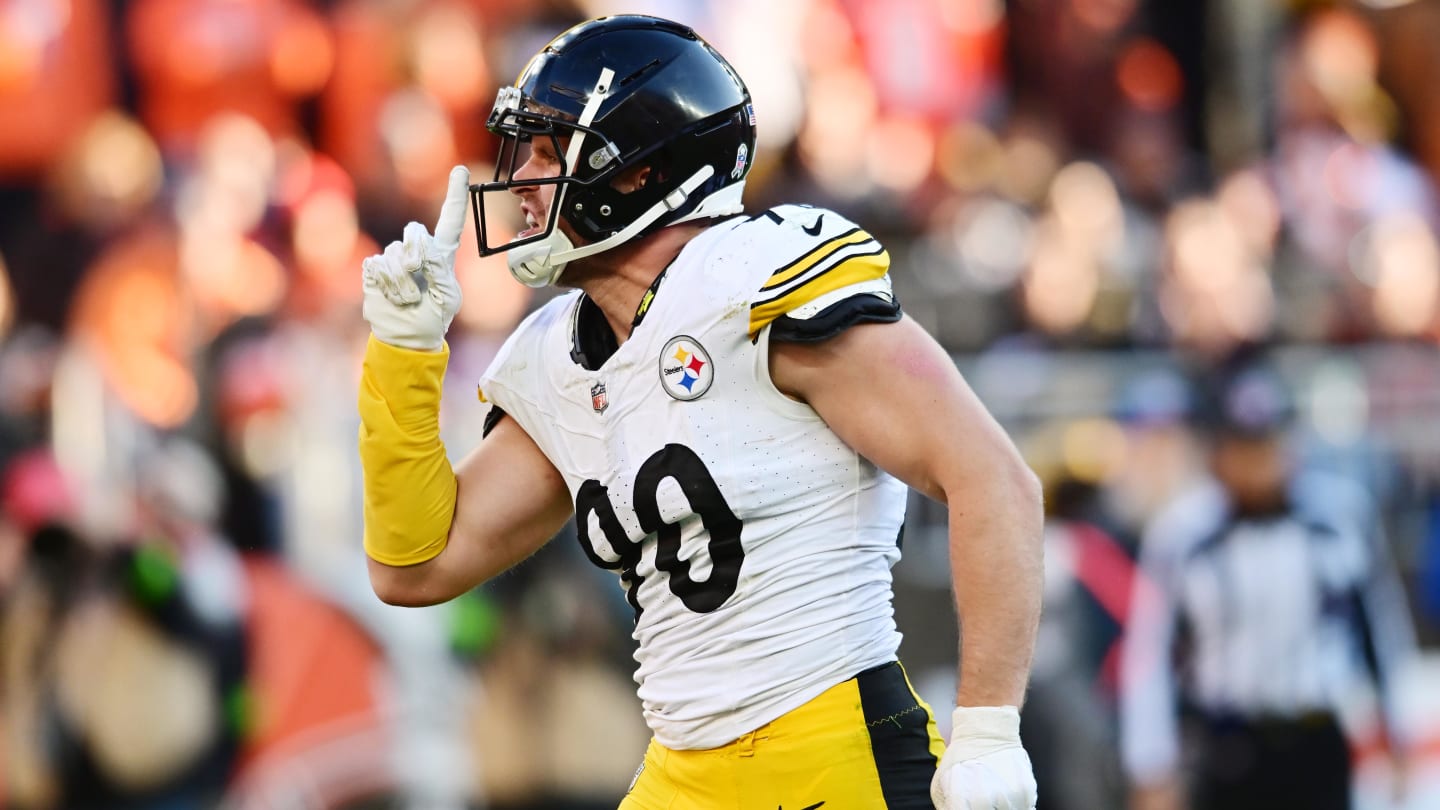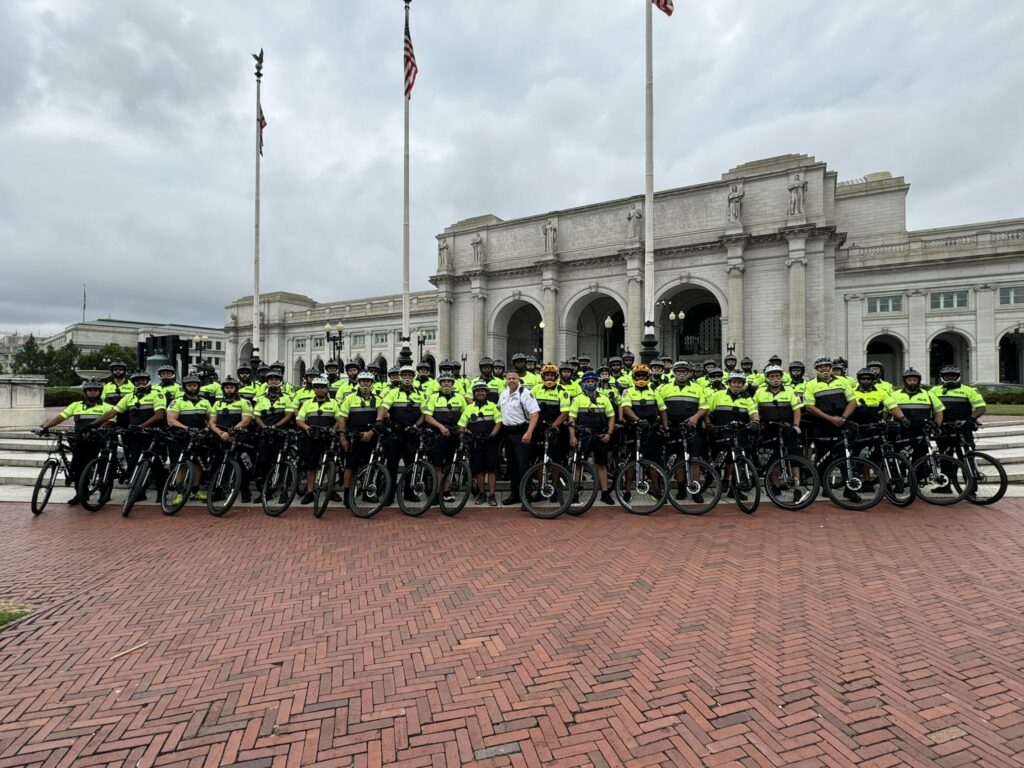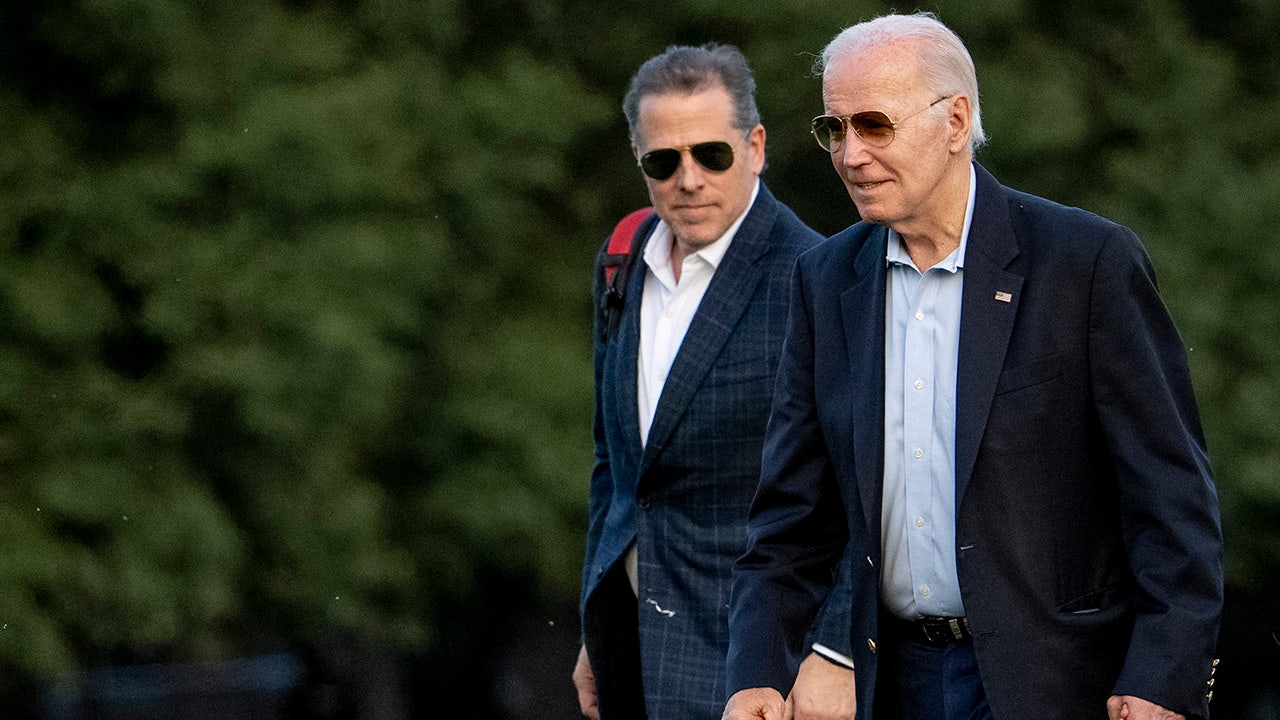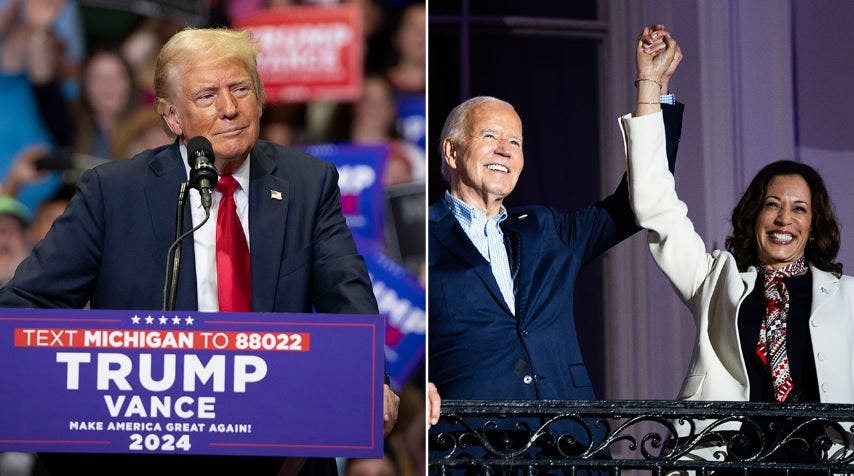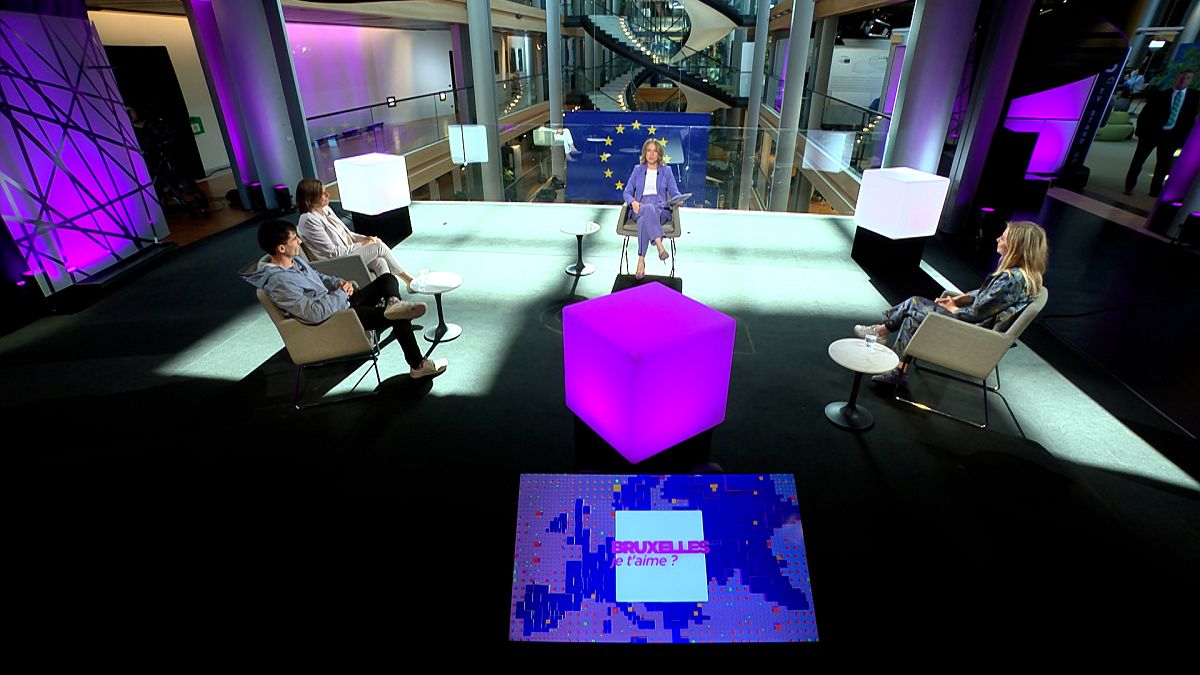Vice President Kamala Harris is scheduled to travel to Indianapolis Wednesday, where she will give a keynote speech at a sorority event.
Harris will appear at Zeta Phi Beta’s Grand Boulé Wednesday, the White House has announced. The event is the historically Black sorority’s convention, and marks another early appearance for Harris as she begins her campaign for the presidency following President Joe Biden’s decision to not seek reelection over the weekend.
» READ MORE: Live updates: Joe Biden to address the nation
Founded in 1920, Zeta Phi Beta is among nine historical Black sororities and fraternities, which are commonly referred to as the Divine Nine. Harris herself is a member of Alpha Kappa Alpha Sorority, Inc., another Divine Nine sorority.
The visit will serve as Harris’ fourth trip to Indianapolis since 2019, IndyStar reports, and comes a day after her first campaign event, which took place Tuesday in front of an enthusiastic crowd of supporters Milwaukee.
» READ MORE: A Kamala Harris presidential candidacy ignites her AKA sorority sisters locally
On Thursday, Harris will head to Houston, where she will give a keynote speech at the American Federation of Teachers’ 88th national convention, the White House said. It will serve as her second visit to Texas this month.
So far, Harris has no scheduled campaign stops in the Philadelphia area, where she’s visited four times in just the last couple of months. Her most recent stop was earlier this month, where she delivered the keynote address at the Asian and Pacific Islander American Vote Presidential Town Hall and got takeout from Reading Terminal Market with Pennsylvania Gov. Josh Shapiro, a potential vice presidential nominee.
» READ MORE: How Kamala Harris’ career as a prosecutor went from being a liability to a strength for Philly Democrats
Trump holding rallies in North Carolina, Minnesota
Former President Donald Trump will attend his first public rally since President Joe Biden dropped out of the race, thrusting him into an unexpected contest with Harris a little more than three months before Election Day.
Trump is scheduled to speak today at 6 p.m. Eastern at Bojangles Coliseum in Charlotte, N.C. His speech comes less than a week after accepting the Republican nomination and less than two weeks since being wounded by a would-be assassin at a Western Pennsylvania rally.
Trump’s rally is also the first since Secret Service director Kimberly Cheatle resigned after taking “full responsibility” for allowing a gunman to get so close to the former president. Trump’s rally in Charlotte and an upcoming event over the weekend in Grand Rapids, Mich., are being held at indoor arenas.
On Saturday, Trump will join his vice presidential nominee, Ohio Sen. JD Vance, at a rally at the Herb Brooks National Hockey Center in St. Cloud, Minn. Trump is expected to speak around 7 p.m. Eastern.

/cloudfront-us-east-1.images.arcpublishing.com/pmn/L7XIVT74QBUGU6KFKHGST4SEXI.jpg)


